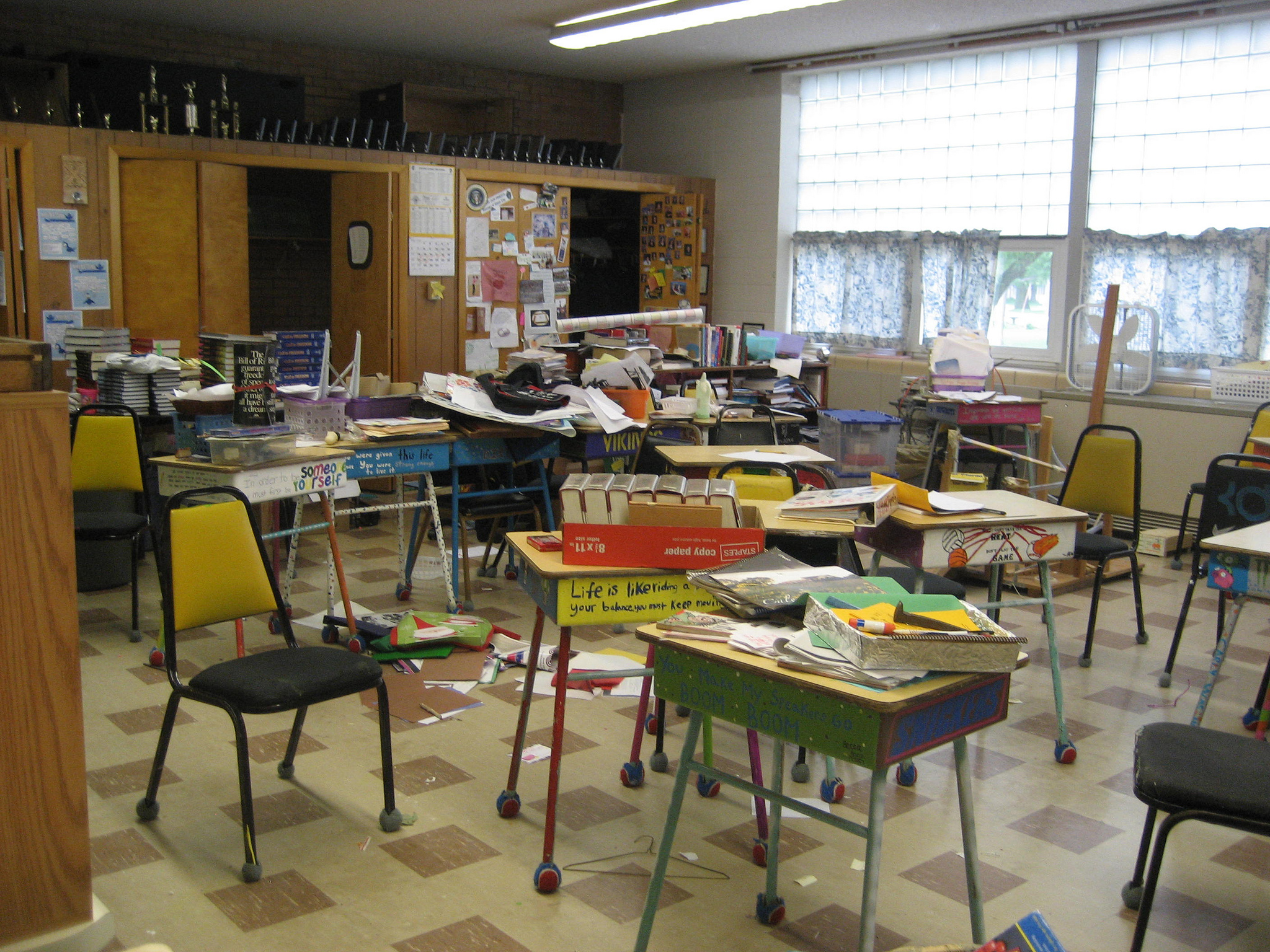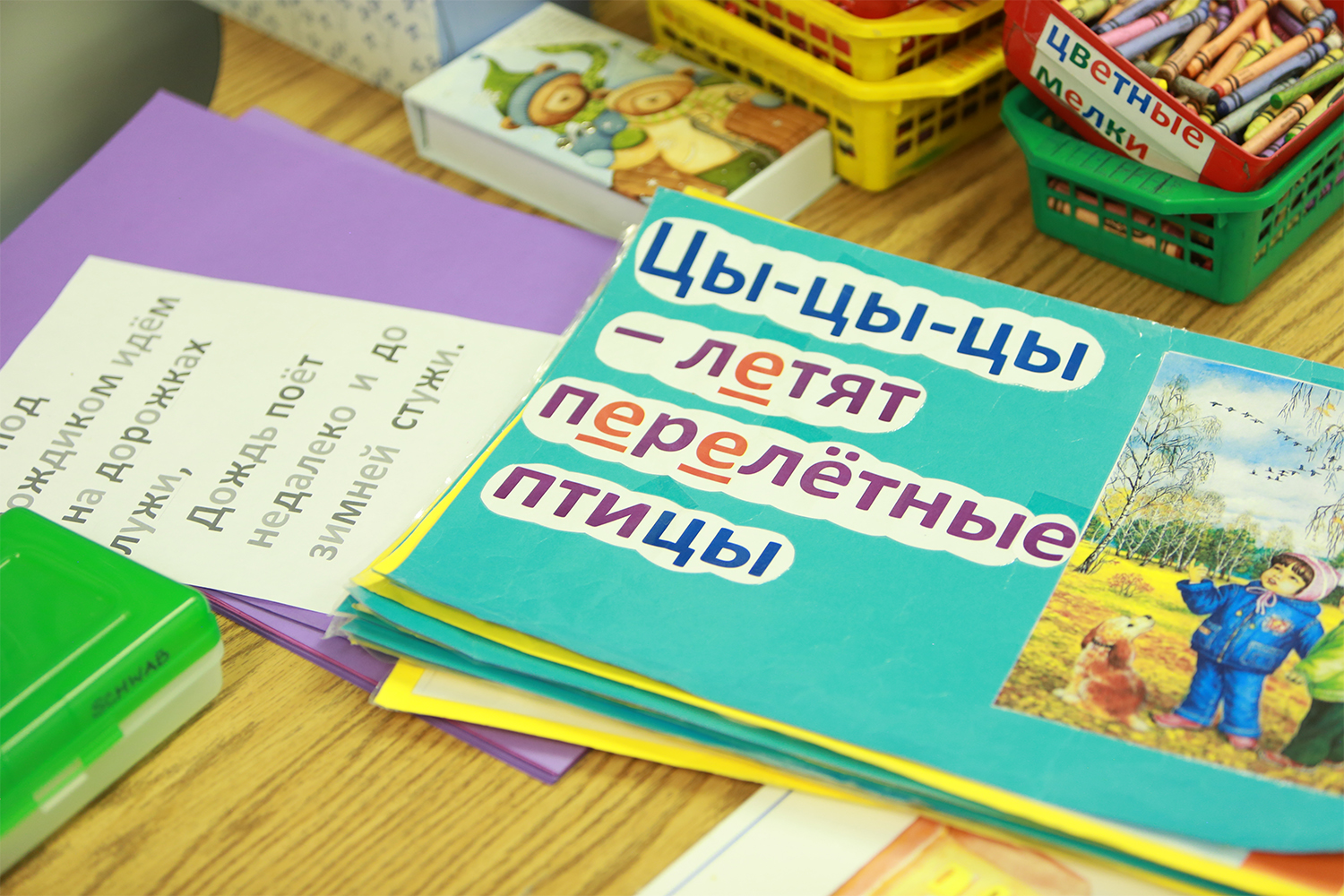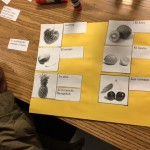Sometimes I feel like a broken record but I will keep saying clear targets that guide instruction are key to success. The World Readiness Standards for Learning Languages outline what we should teach. And the first standard is communication. If you agree that the reason to teach students a language is so they can communicate, then the next natural question is “how well will they communicate?”. It is NOT up to us to decide the details of how students will communicate, such as when or where or with whom. We do not know what the future holds for our students. Nor should we make assumptions that ultimately limit their opportunity by deciding their future. We cannot decide that they aren’t really going to travel abroad so they only need to learn xyz. Our job as teachers is to open the world to our students and prepare them to the best of our ability for what the future could present our students. It is also to provide hope and opportunity to students who may not have even realized or considered that it was possible.
My academic career has been focused in a large urban district. Many of our students have not left their neighborhood much less travel to other states. It is understandable that the idea of our students traveling abroad highly unlikely. Shelby County Schools (SCS) was once called Memphis City Schools (MCS) and the dividing line of wealth and poverty in Memphis was and is the county line. MCS served (serves) inner city poor students. While being painfully familiar with the daily realities of our students, learning another language is often the farthest thing from their mind much less a less commonly taught language. Nonetheless we see the urgency to provide students with opportunities to broaden their horizons. To those ends we offer the more popular languages like Spanish Latin, German and French but we also offer Arabic, Russian, Japanese and Chinese. Several years ago, our only International Studies High School at the time offered Russian and while it was not a big program it was a strong and successful program. The teacher at the time was dedicated to pushing students to exceed their own performance expectations much less others expectations in a community that was largely insular and impoverished. Within this community however, students were focused on developing communicative language skills and competed annually in the Olympiada of Spoken Russian. At the Olympiada third or fourth year outstanding contestants at regional ACTR Olympiada contests have the opportunity to participate in an international Olympiada contest that takes place in Moscow. This school has a reputation of regularly earning the opportunity for their students to travel to Moscow annually to compete. While some students eagerly embraced the opportunity others did not.
Picture this…Two best friends enroll in Russian to stay together. They quickly fall in love with the language and the course and as they finish level two they both eagerly enroll in Russian three. One friend was optimistic and eager to travel abroad, to experience all life had to offer her. The other was much more timid and quite content to stay home. She was not open to even trying new food! In the spring of their third year, a Russian Senator was speaking at a Chamber of Commerce luncheon. In good will and support of the program, the Chamber extended four tickets to attend the luncheon. These two young ladies, their teacher and myself attended. We were seated at a table in the back of the room Both girls wearing their “Russian Rocks” t-shirts in a room of VPs and executives from international companies including FedEx, International Paper, and more. The Senator gave his speech and finally opened the floor for questions. As silence fell over the room and adults waited patiently for someone to be brave enough to ask a question, our fearless Russian student stood and was acknowledged. She then stunned the room addressing the senator in Russian while her best friend watched. The room was awed and the Senator was pleasantly surprised. He answered her question, and several others. When the lunch ended, the Senator came directly to our students. He proceeded to spend the rest of his time with them conversing in Russian and English. The attendees in the room were convinced these were college students. To say they were shocked to hear they were juniors at an inner city public high school was perhaps an understatement. The student who initiated the public Russian conversation with the Senator, had won the Olympiada of Spoken Russian that spring and was headed to Moscow that summer. Her best friend however, made the biggest shift. She tried new things and approached her Russian teacher that summer to say she was ready to try new things. She went on to place in the Olymipada the following spring and travel to Moscow that summer. She was forever changed by that exchange at the luncheon. This is just one anecdote but it has profoundly reinforced my beliefs in our role of bringing the world to our students.
We know not what our students will become. The role of the teacher is like a gardener who moves before seeing the benefit of their labor. We plant seeds in our students, we show them possibilities and challenge them to imagine things they may have never thought possible. We do this because we do not know what lies around the corner. We do not know what opportunity will present itself and fundamentally change the course of our students. We know our role as teachers is not just to prepare students for the inevitable but to be prepared to seize the opportunities that present themselves. In a World Language classroom, we prepare our students to communicate. Communicate in whatever context presents itself in the real world, not in artificial contexts in our classrooms. We prepare the students to seize the day… because otherwise, we reinforce their limiting beliefs, contradicting the very core of what we do.
“You have brains in your head. You have feet in your shoes.
You can steer yourself any direction you choose.
You’re on your own. And know what you know.
And you are the one who’ll decide where to go…”
-Dr. Seuss, Oh the Places You’ll Go!


















